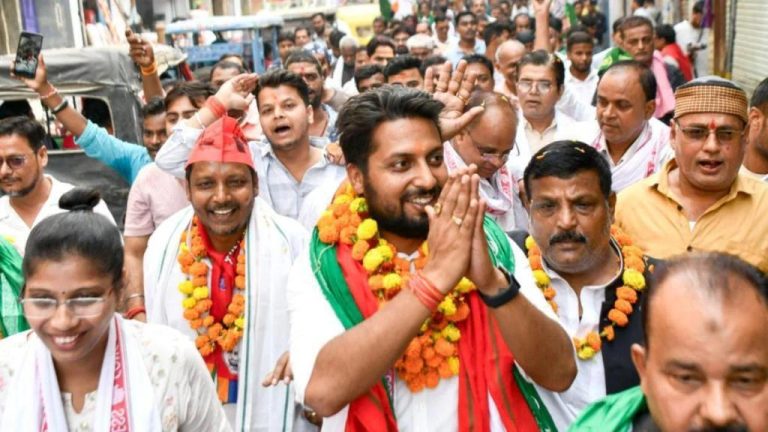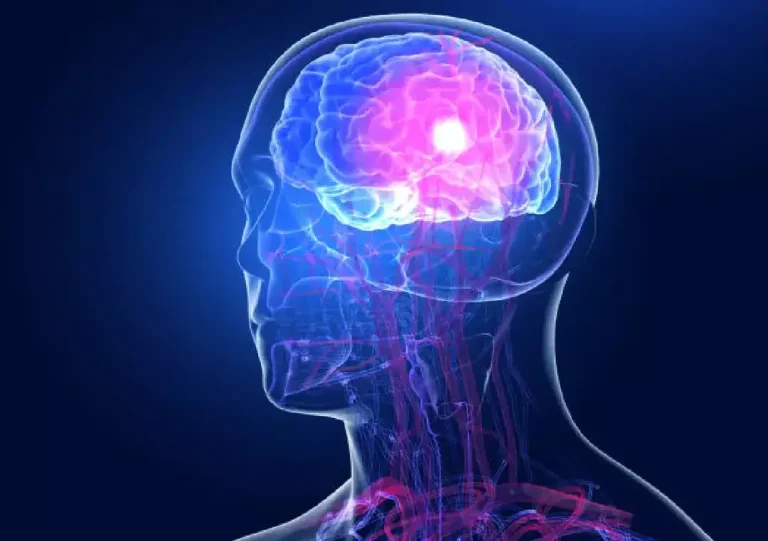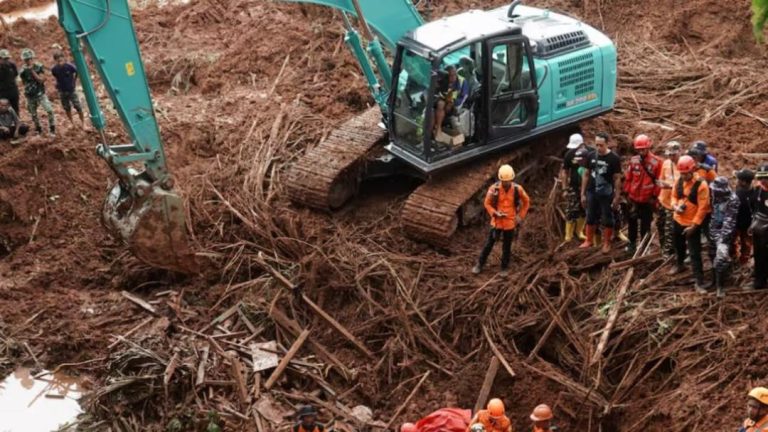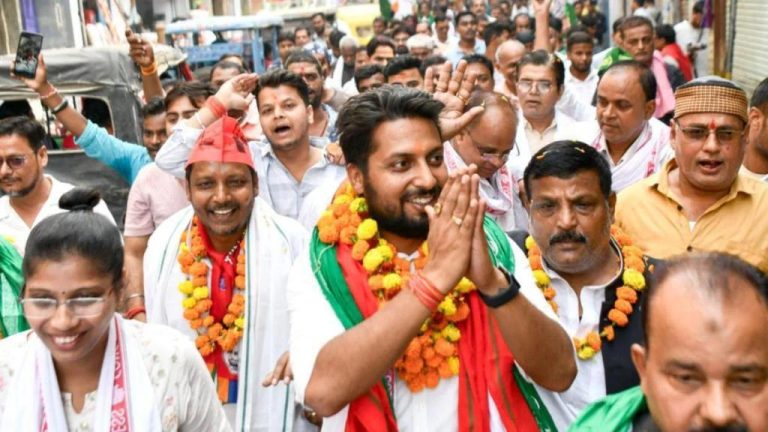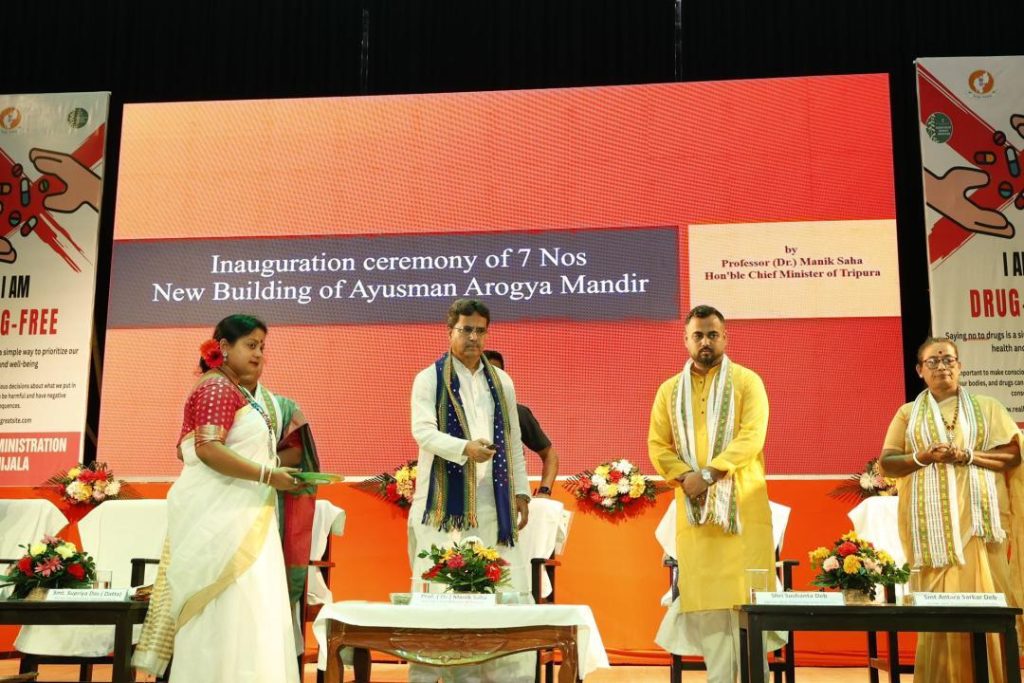
Tripura CM Highlights Tribal Development, Rise in Self-Help Groups
Tripura Chief Minister Manik Saha has reiterated the importance of tribal development in the state, emphasizing the need to prioritize education, healthcare, and infrastructure for the indigenous population. To drive home this point, he recently inaugurated 7 new projects and laid the foundation stones for 5 more in Sepahijala, a region known for its rich tribal culture.
The Chief Minister’s visit to Sepahijala was a significant event, as it marked a major push towards tribal development in the state. The projects inaugurated by Saha include a community center, a primary health center, a bridge, and four road infrastructure projects. These initiatives are expected to benefit the local tribal population, providing them with better access to healthcare, education, and economic opportunities.
In a notable development, Saha also highlighted the significant growth in self-help groups (SHGs) in Tripura. From a humble 4,500 SHGs in 2018, the number has risen to an impressive 56,000 today. To support these SHGs, the state government has allocated a substantial ₹700 crore in funds. This boost to SHGs is expected to empower tribal women and communities, enabling them to take charge of their economic and social development.
The growth of SHGs in Tripura is a testament to the state government’s commitment to tribal development. SHGs are essential for the empowerment of tribal communities, as they provide a platform for women to come together, share knowledge, and build resources. These groups also enable women to access financial services, loans, and other support systems, helping them to become self-reliant and break the cycle of poverty.
The Chief Minister’s emphasis on tribal development is a welcome move, as it acknowledges the importance of preserving the cultural heritage and unique identity of Tripura’s indigenous population. The state has a rich tribal culture, with 19 scheduled tribes living in the region. These tribes have a distinct language, customs, and traditions, which are an integral part of Tripura’s cultural fabric.
The state government’s efforts to prioritize tribal development are also expected to have a positive impact on the overall economy of Tripura. By focusing on education, healthcare, and infrastructure, the government is creating a conducive environment for economic growth and development. This, in turn, is expected to attract investment, create jobs, and improve the standard of living for all citizens of the state.
In recent years, Tripura has made significant progress in terms of economic growth and development. The state has emerged as a major player in the northeastern region, with a GDP growth rate of 10.5% in 2020-21. The growth of industries such as IT, pharmaceuticals, and construction has contributed significantly to the state’s economic development.
However, despite these gains, the state still faces several challenges. Poverty remains a significant issue, with around 30% of the population living below the poverty line. The state also faces challenges in terms of infrastructure development, with many areas lacking basic amenities such as roads, healthcare facilities, and education institutions.
The Chief Minister’s visit to Sepahijala and the inauguration of new projects are a significant step towards addressing these challenges. The focus on tribal development is expected to have a positive impact on the overall economy of the state, creating a more inclusive and equitable society.
In conclusion, the Chief Minister’s emphasis on tribal development and the growth of self-help groups in Tripura are significant developments that are expected to have a positive impact on the state’s economy and society. The state government’s commitment to preserving the cultural heritage and unique identity of Tripura’s indigenous population is a welcome move, and it is hoped that these efforts will continue to bear fruit in the years to come.
Source:
https://hubnetwork.in/tripura-cm-highlights-tribal-development-rise-in-self-help-groups/

